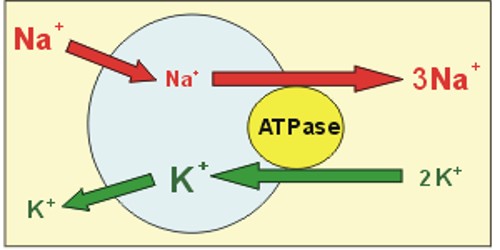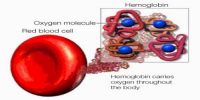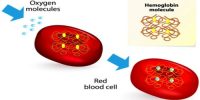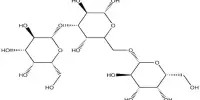The Sodium-Potassium Pump or Na+ – K+ pump
The active transport mechanism that has been studied in greatest detail is the sodium-potassium pump. The process of moving sodium and potassium ions across the cell membrane is an active transport process involving the hydrolysis of ATP to provide the necessary energy.
Definition
A transport process which pumps 3Na+ from inside to outside through the cell membrane and at the same tune pumps 2K+ from the outside to the inside against the concentration gradient with the active expenditure of energy by the help of a carrier protein is called Na+ – K+ pump.
Component and criteria
Carrier protein (complex of two globular proteins)
- Larger one (α-subunit) – (Mol.Wt – 1,00,000) take part on Na+ – K+ pump
Smaller one (β-subunit) – (Mol.Wt – 55,000) – function is not known. It might anchor the protein complex in the lipid membrane.
Functions of a larger protein (α-subunit), as well as the pump, depend upon three specific features-
- It has three receptor sites for binding Na+ on the portion of the protein that protrudes to the interior of the cell.
- It has two receptor sites for K+ on the outside.
- The inside portion of this protein adjacent to or near to the sodium binding sites has ATPase activity.
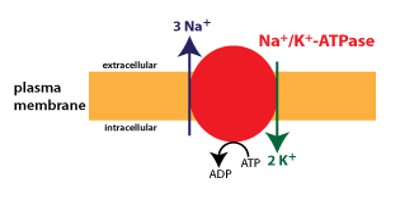
Fig: Na+ – K+ pump and Na+ – K+ ATPase
Mechanism: When 2K+ bind on the outside of the carrier protein and 3Na+ bind on the inside, the ‘ATP’ are the function of the protein’ becomes activated. This then cleaves one molecule of ATP splitting into ADP and liberating a high-energy phosphate bond of energy. This energy is then believed to cause a conformational change in the protein carrier molecule, extruding the 3 Na+ to the outside and 2K+ to the inside.
Significance: The process of moving sodium and potassium ions across the cell membrane is an active transport process involving the hydrolysis of ATP to provide the necessary energy.
- Maintains cell volume.
- Contributes to resting membrane potential (- 4mv)
- Electrogenic in nature (as it creates an electrical potential across the cell membrane and as it pumps).
- Provides energy for secondary active transport.
- Basic requirements in nerve and muscle.
